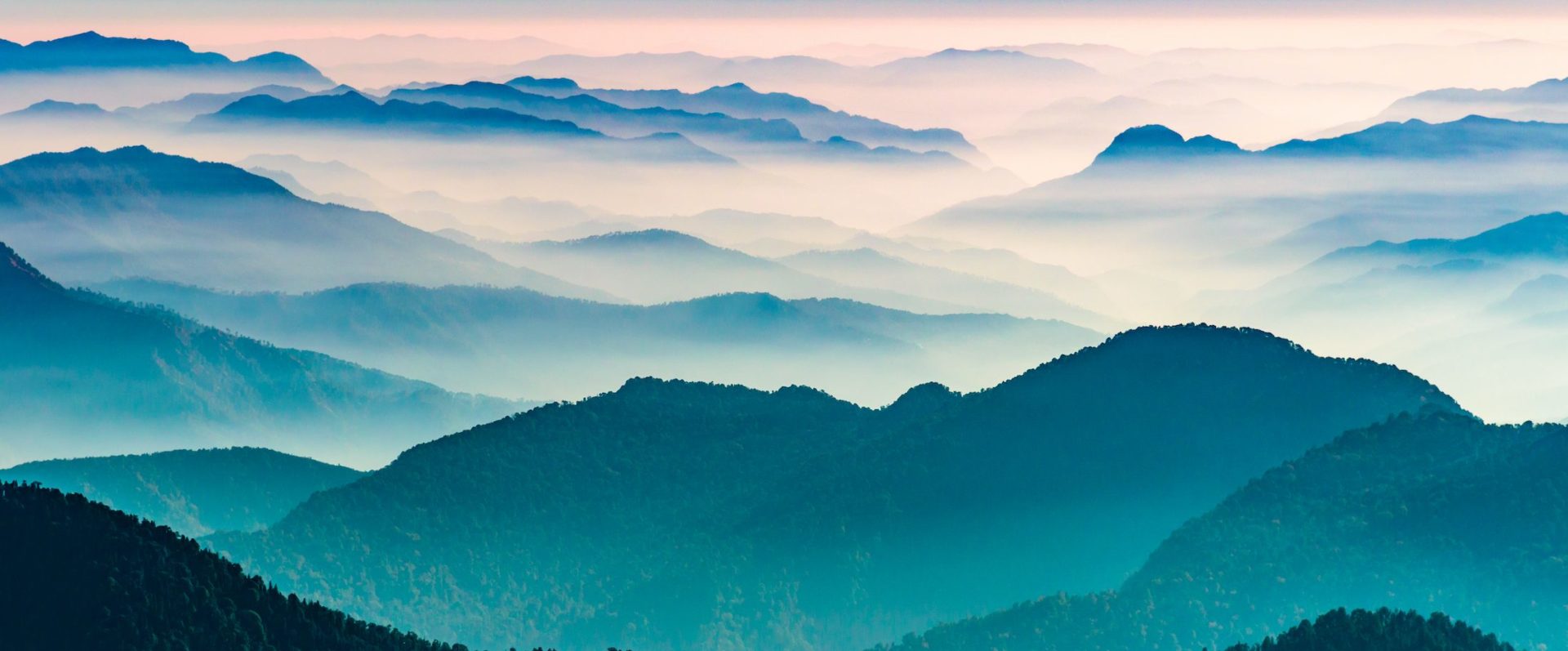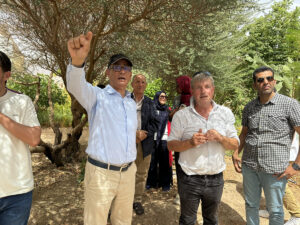- SIWI – Leading expert in water governance
- /
- Latest
- /
- New publication in Science analyzes the impact of the rock-ice avalanche in India
New publication in Science analyzes the impact of the rock-ice avalanche in India

On 7 February 2021, a large rock-ice avalanche struck in Chamoli, Uttarakhand, India. It developed into a disastrous debris flow, killing 204 people and causing infrastructure destruction worth more than 220 million USD. A new publication in Science, published today 10 June, with contribution from SIWI’s Mats Eriksson describes the occurrence, development and impact of the disaster.
In the morning of 7 February 2021, inhabitants in the Rishiganga and Dhauliganga were taken completely by surprise when a roaring debris flow moved fast down the valleys, destroying everything in its course. The villagers higher up on the hillslopes tried to warn people further down by shouting and whistling. Some managed to capture the event with smart phones.
In the Rishiganga hydropower station, 30 workers supervised the power generation. The station had recently re-commissioned its work following a flash flood in 2016. At the Tapovan Hydropower construction site, further downstream in Dhauliganga valley, 175 workers were busy pushing the construction work forward. They had little or no possibilities to relocate themselves to safe places when the debris flow struck the site with full force. Many were trapped in tunnels where they were busy with ongoing work. Most of them were migrant workers from other parts of India or Nepal, thereby being part of a vulnerable group in the society.
The article in the prestigious Science magazine gives a thorough description on how the 27×106 cubic metres of 80% rock and 20% glacier ice fell 1 800 m from the Ronti Peak to the valley floor, during which time friction heat melted the ice. The debris probably picked up additional water from wet sediments and turned into a lethal debris flow consisting of water, sediments, ice blocks, and rock boulders up to 20 m in diameter. It was moving downstream at an initial speed of 25 m/s. Eight days after the disaster a main channel for water supply in Delhi recorded 80 times the permissible level of sediment in the water, indicating the far-reaching consequences such disasters can have.
The analytical work behind the article was rapidly conducted by a large international team of researchers. This demonstrates how worldwide networks of scientists can provide important post-disaster information within days, or even hours, if human resources and technology is available.
“It is difficult to attribute an individual event, such as the Chamoli disaster, to climate change”, Dr Eriksson says. “However, increasing frequency of high-mountain slope instabilities can likely be related to observed atmospheric warming and corresponding reduction in the cryosphere such as glaciers, snow and permafrost.” Uttarakhand in the Indian Himalaya have experienced no less than 16 major disasters from water induced hazards such as flash floods and landslides, as well as from earthquakes. The number of water-induced disasters in the rest of the Himalayas is very large.
The Chamoli disaster, destroying two hydropower stations, raises important questions about infrastructure investment for clean energy development, climate adaptation justice, disaster governance, conservation, and sustainable development in the Himalaya and other high-mountain environments. It stresses the importance of a better understanding of the cause and impact of mountain hazards. It is increasingly important that infrastructure investments in mountain regions take the risk of climate-induced water hazards into consideration together with other risk assessments in planning stages. Knowledge and experience held by local communities need to be taken on board.
The disaster tragically revealed the risks associated with the expansion of hydropower infrastructure into increasingly unstable territory. Enhancing inclusive dialogues among governments, local stakeholders and communities, private sector, and the scientific community could help assess, minimize, and prepare for existing risks. The disaster indicates that the long-term sustainability of planned hydroelectric power projects must account for both current and future social and environmental conditions, while mitigating risks to infrastructure, personnel, and downstream communities.
The rate of temperature increase in the Himalayas is higher than the global average, related to the high elevation. It will result in increased magnitude of high intense rainfall events, as well as rapid retreat of glaciers, snow, and permafrost, resulting in more unstable mountain slopes. With the Chamoli disaster, nature tries to ring the warning bells. The question is if we are ready to listen, Dr Eriksson says.
Most recent

SIWI Amman and UNICEF host Libya representatives for WASH exposure visit
- Water, Sanitation and Hygiene (WASH)
- Water governance

Water and land: Partners in climate mitigation
- Water in landscapes
- Wetlands
- Water governance

What is the role of water in rural and urban school facilities?
- Water, Sanitation and Hygiene (WASH)
- Water in landscapes
- Water governance
- Gender and water

Taking root: locally driven forest landscape restoration
- Water in landscapes
- Wetlands
- Groundwater
- Resilience through water

SIWI conducts Multi-Hazard Contingency Plan Workshop in the Dominican Republic

SIWI realiza Taller para la Elaboración del Plan de Contingencia Multiamenaza en la República Dominicana

The world’s top ten risks are all linked to water
